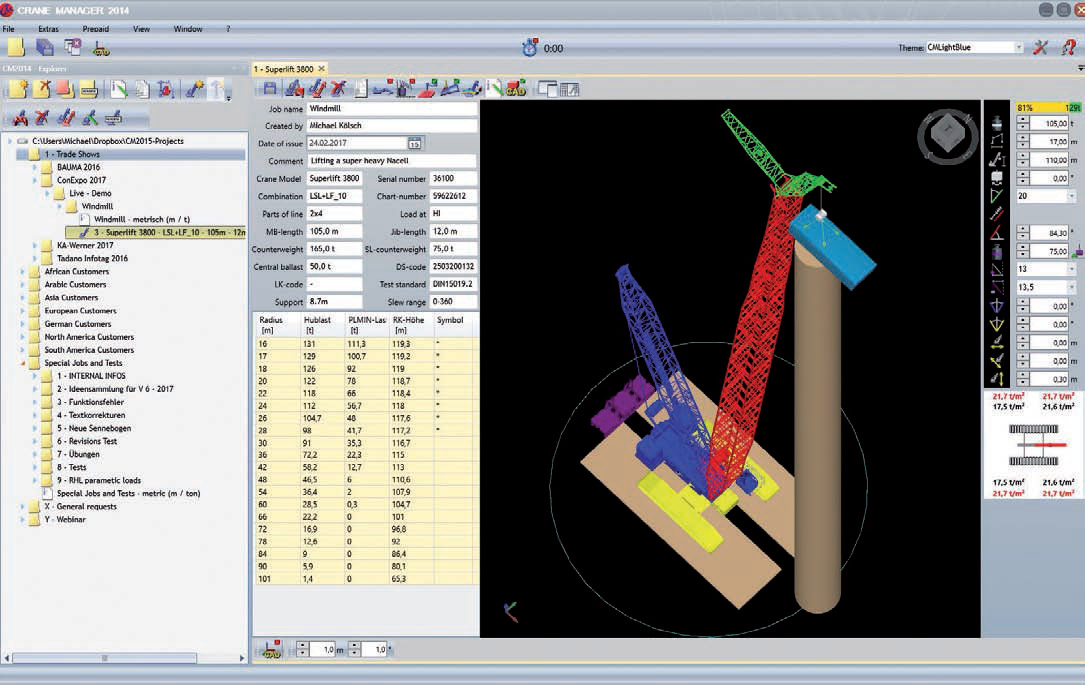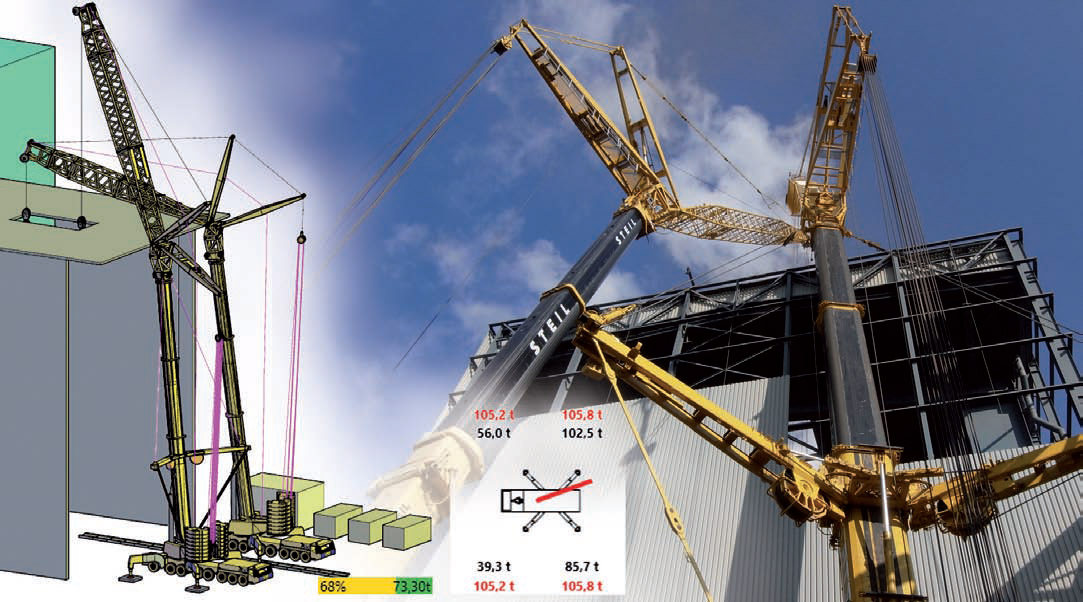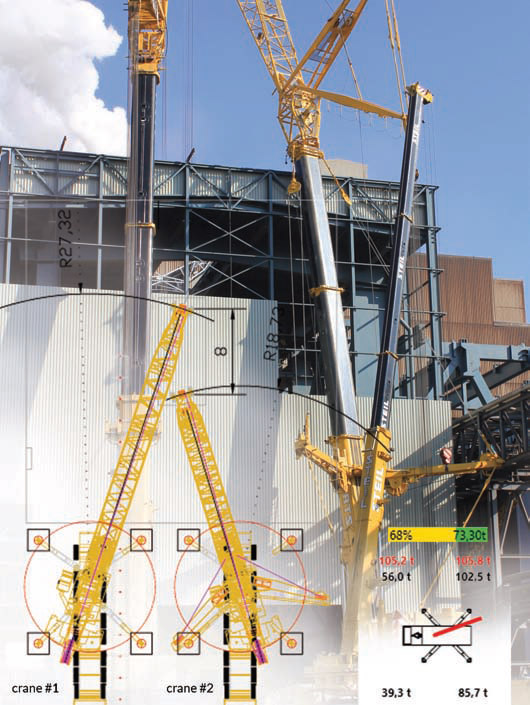Stick to the plan
21 March 2017Software has become a vital tool in detailed crane-job planning. Michael Kölsch, founder and CEO of craniMAX, tells Sotiris Kanaris about the advantages that software can bring to the industry.
Lift planning software developer craniMAX was founded by its current CEO Michael Kölsch in 2002.
A mechanical engineer, Kölsch started working with AutoCAD in 1985, and launched a 3D construction design company called 3D-Team in 1994. Having identified the demand for detailed crane-job planning, he decided to create craniMAX.
According to Kölsch, craniMAX deals with nearly all the large global crane manufacturers. “When a crane manufacturer is planning a new model or is improving an existing one, we communicate with them to get the dimensions, duty charts for all available combinations – thousands of them – and clear specifications,” says Kölsch.
He says it is a win-win situation for both parties, as they have common customers whom they want to satisfy.
The software consists of two modules, Crane Manager basic and Crane Manager designer 3D.
The Crane Manager basic software is for verifying load charts and degrees of freedom, and calculating outrigger loadings and/ or ground pressures depending on the chosen crane, load, radius and boom position.
“Customers are particularly interested in our search engine, as it helps them to quickly find the best crane or crane combination according to their search criteria,” adds Kölsch.
The company claims that with the software, users can create 3D representations without any necessary knowledge of a CAD system.
The Crane Manager designer 3D module allows the user to transfer, with a simple mouse click, its entire pre-planning, or just a single crane, into a 3D CAD system to continue with further processing within an existing drawing, or one created by a user or customer.
The software provider says that it has reduced the required knowledge for 3D CAD to a minimum, ensuring ease of use. The company provides training through a number of channels. It offers online sessions, training at its head office in Germany, and on-site training at a customer’s location.
Due to the rate of technological advancement in the industry, the software’s crane library is regularly updated, and when a new crane is ready, it is sent to all customers via the software. Users have a personal profile page where they can see their fleet, as well as the newest cranes available.
Crane innovations
Kölsch says no day is boring for a crane-software developer, especially with crane manufacturing’s rate of innovation in recent years.
He speaks of new technologies, special attachments and improved load capacities.
Modern cranes increasingly offer highly adjustable ways of changing the crane’s ballasting and stability.
These include systems for moving counterweight, and adjusting outrigger position or track width.
“It is a challenge for us to follow these rapid developments and novelties, because each idea means a massive modification to existing mathematical and navigation modules of our software,” he explains.
“For example, the Terex CC3800- 1 has one brand new function called PL-MIN, and it needs an update. It has totally different mathematics from any other crawler crane of the same manufacturer. This crane allows users to play around with the superlift counterweight to figure out the best situation when it is lifted off the ground. Manitowoc MLC cranes also have a new feature, the off-the-ground counterweight going in and out; they call it VPC/VPC-Max.”
A ten or 15-year-old 250t mobile telescopic crane provides about 8,000–10,000 different combinations, while a model coming out these days has 50,000 or more.
“If we are looking at 600t crawler cranes, it has changed from 50,000 different combinations to 200,000 and beyond,” Kölsch says.
Crucial planning
In the past, the software was updated with new functions every three years, but with the rate of innovation, it became necessary to increase the frequency of updates.
This has forced craniMAX to change its business model to ensure that all installed licences always have access to the newest features.
For Kölsch, it is essential to conduct highly accurate jobsite planning nowadays, from the simplest job to a high, complex lift at an industrial plant.
With the use of software, crane users can avoid accidents and prepare the job site. He adds that users can give quick and reliable answers to client requests.
Through optimising the results, lift-planning software can provide cost-efficient solutions.
“Let’s say I am a crane owner and, from my experience, I think a 200t crane would do the job with the existing obstacles on site. The planning tool may find that I can do the job with a smaller crane, which is cheaper, or remove 20–30t counterweight, reducing transportation costs.
Therefore, I can make a better quote to a client.”


